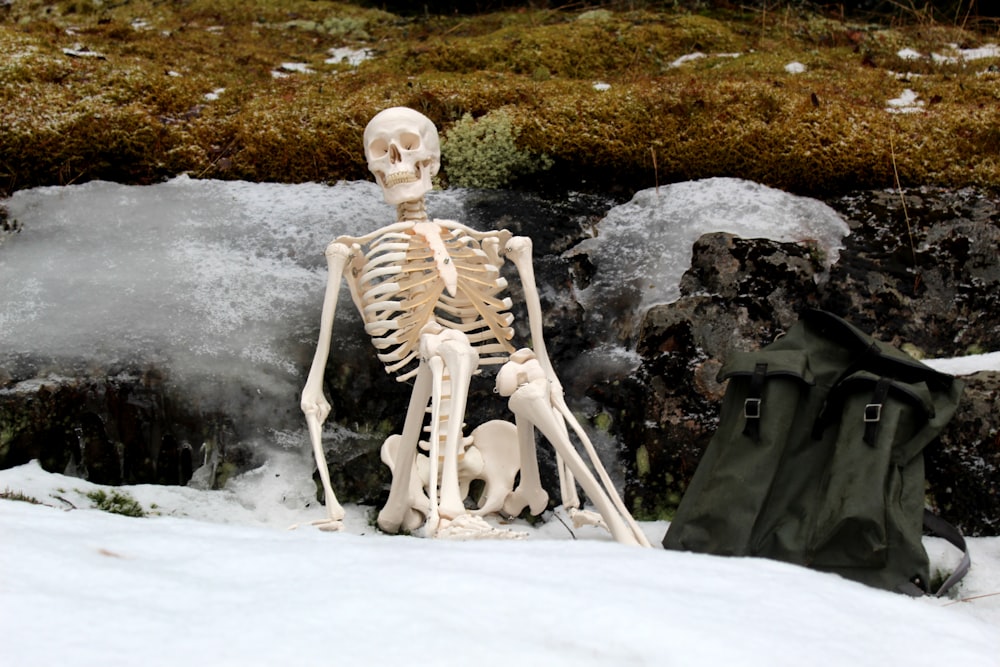目次
Stiff knee gaitの改善には大腿四頭筋の硬さに着目すべき
変形性膝関節症例の歩行の特徴として膝関節を軽度屈曲位で固定して歩行するStiff knee gaitが挙げられます.
Stiff knee gaitは遊脚期のフットクリアランス低下の原因になりますので,改善が必要ですがStiff knee gaitの原因についてはさまざまな要因が挙げられており,どこに介入すべきか難しいところです.
今回は末期の変形性膝関節症例を対象としてStiff knee gaitと関連する要因を明らかにした研究論文をご紹介させていただきます.

今回ご紹介する論文
Medicina (Kaunas). 2020 Aug 28;56(9):E437. doi: 10.3390/medicina56090437.
Relationship between Quadriceps Tendon Young’s Modulus and Maximum Knee Flexion Angle in the Swing Phase of Gait in Patients with Severe Knee Osteoarthritis
Bungo Ebihara 1 2, Takashi Fukaya 3, Hirotaka Mutsuzaki 4
Affiliations expand
PMID: 32872292 DOI: 10.3390/medicina56090437
今回ご紹介する論文は2020年に掲載された新しい論文です.
本邦で行われた研究ですね.
研究の背景と目的
Background and objectives: Decreased knee flexion in the swing phase of gait can be one of the causes of falls in severe knee osteoarthritis (OA). The quadriceps tendon is one of the causes of knee flexion limitation; however, it is unclear whether the stiffness of the quadriceps tendon affects the maximum knee flexion angle in the swing phase. The purpose of this study was to clarify the relationship between quadriceps tendon stiffness and maximum knee flexion angle in the swing phase of gait in patients with severe knee OA.
歩行の遊脚相における膝関節屈曲角度の減少は,変形性膝関節症例における転倒の原因の一つとなり得ます.
大腿四頭筋腱は膝関節屈曲可動域制限の原因の一つでありますが,大腿四頭筋腱の硬さが歩行時の膝関節最大屈曲角度に与える影響は不明であります.
この研究では重度の変形性膝関節症例における歩行の遊脚相における大腿四頭筋腱の硬さと最大膝関節屈伸角度との関係を明らかにすることを目的としております.
研究の方法
Materials and Methods: This study was conducted from August 2018 to January 2020. Thirty patients with severe knee OA (median age 75.0 (interquartile range 67.5-76.0) years, Kellgren-Lawrence grade: 3 or 4) were evaluated. Quadriceps tendon stiffness was measured using Young’s modulus by ShearWave Elastography. The measurements were taken with the patient in the supine position with the knee bent at 60° in a relaxed state. A three-dimensional motion analysis system measured the maximum knee flexion angle in the swing phase. The measurements were taken at a self-selected gait speed. The motion analysis system also measured gait speed, step length, and cadence. Multiple regression analysis by the stepwise method was performed with maximum knee flexion angle in the swing phase as the dependent variable.
本研究は2018年8月から2020年1月に実施した.
重度の変形性膝関節症例30例(年齢75.0歳,Kellgren-Lawrenceグレード:3または4)を対象としております.
大腿四頭筋腱の硬さについてはShearWave Elastographyによるヤング率を用いております.
ちなみにヤング率というのは,フックの法則が成立する弾性範囲における,同軸方向のひずみと応力の比例定数のことを指します.
このヤング率を用いて腱の硬さを評価しております.
測定は対象者を仰臥位とし膝関節屈曲60°として行っております.
三次元運動解析システムは,遊脚期における膝関節最大屈曲角度を測定しております.
運動解析システムを用いて,歩行速度,歩幅,ケイデンスも測定しております.
ステップワイズ法による重回帰分析を用いて遊脚期における膝関節最大屈曲角度に与える要因を抽出しております.
研究の結果
Results: Multiple regression analysis identified quadriceps tendon Young’s modulus (standardized partial regression coefficients [β] = -0.410; p = 0.013) and gait speed (β = 0.433; p = 0.009) as independent variables for maximum knee flexion angle in the swing phase (adjusted coefficient of determination = 0.509; p < 0.001).
重回帰分析の結果より大腿四頭筋腱ヤング率(標準化偏回帰係数[β]= -0.410; p = 0.013)と歩行速度(β = 0.433; p = 0.009)が遊脚期における膝関節最大屈曲角度を決定する要因として重要であることが明らかとなり増した(修正決定係数=0.509; p < 0.001).
研究の結論
Conclusions: Quadriceps tendon Young’s modulus is a predictor of the maximum knee flexion angle. Clinically, decreasing Young’s modulus may help to increase the maximum knee flexion angle in the swing phase in those with severe knee OA.
大腿四頭筋腱のヤング率は膝関節最大屈曲角度の予測因子であることが明らかとなりました.
臨床的にはヤング率を低下させることで,変形性膝関節症例の遊脚期における膝関節最大屈曲角度を増加させることができるかもしれません.
今回は末期の変形性膝関節症例を対象としてStiff knee gaitと関連する要因を明らかにした研究論文をご紹介させていただきました.
これはまた新しい視点ですね.
Stiff knee gaitに対する介入の視点として大腿四頭筋腱の硬さに着目した介入が必要かもしれませんね.







コメント